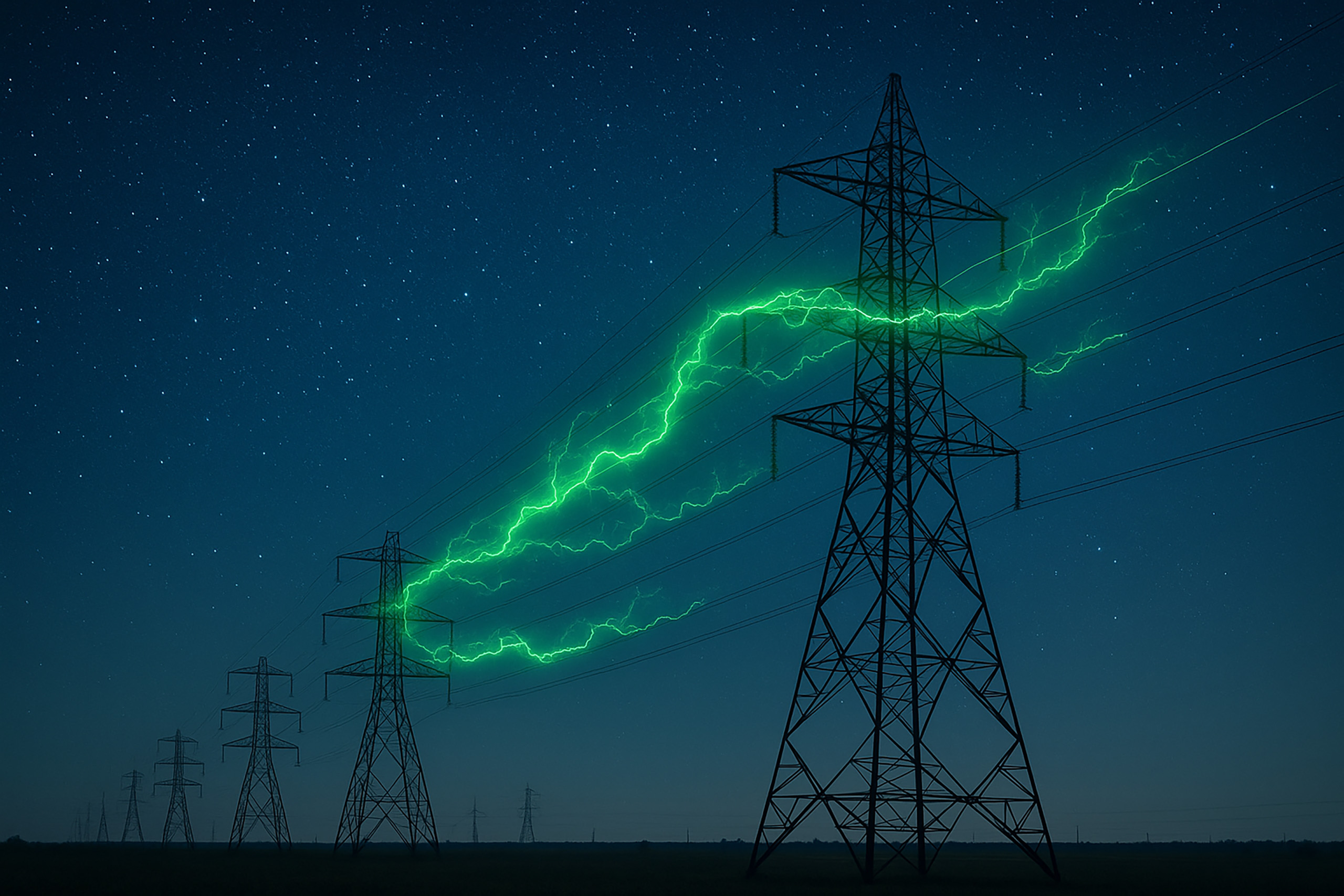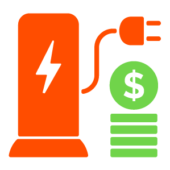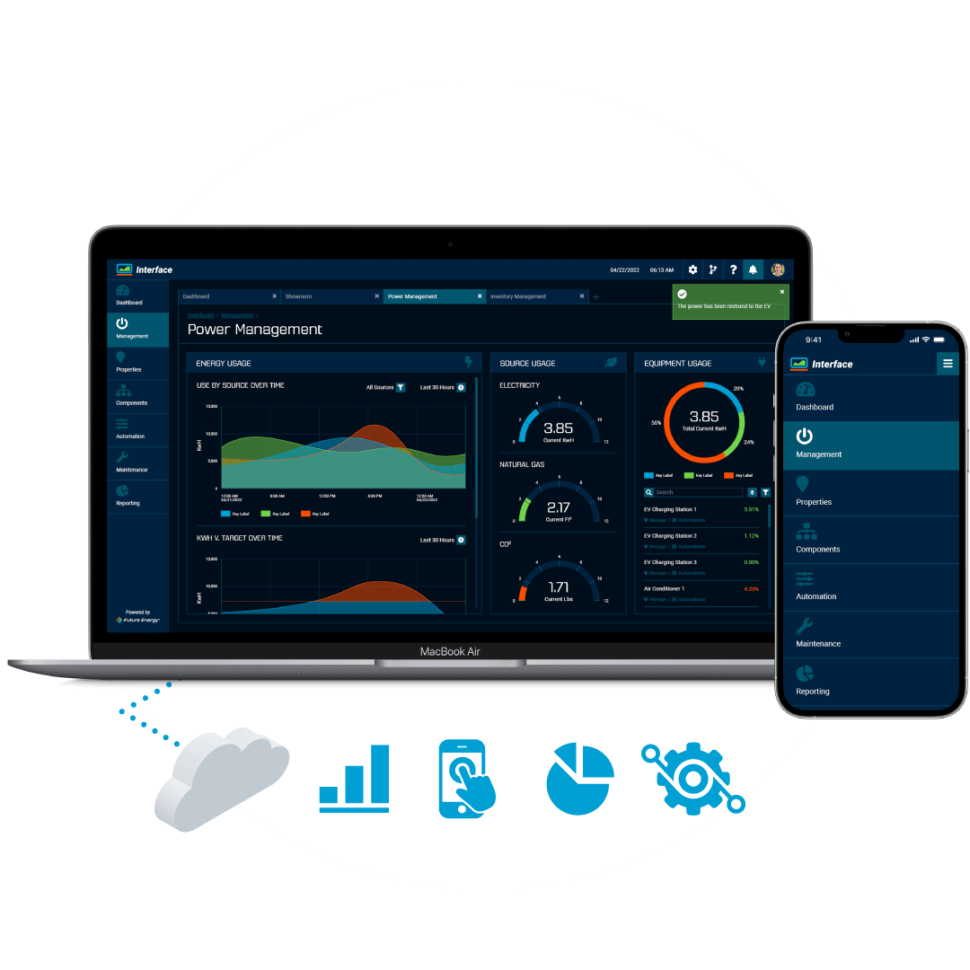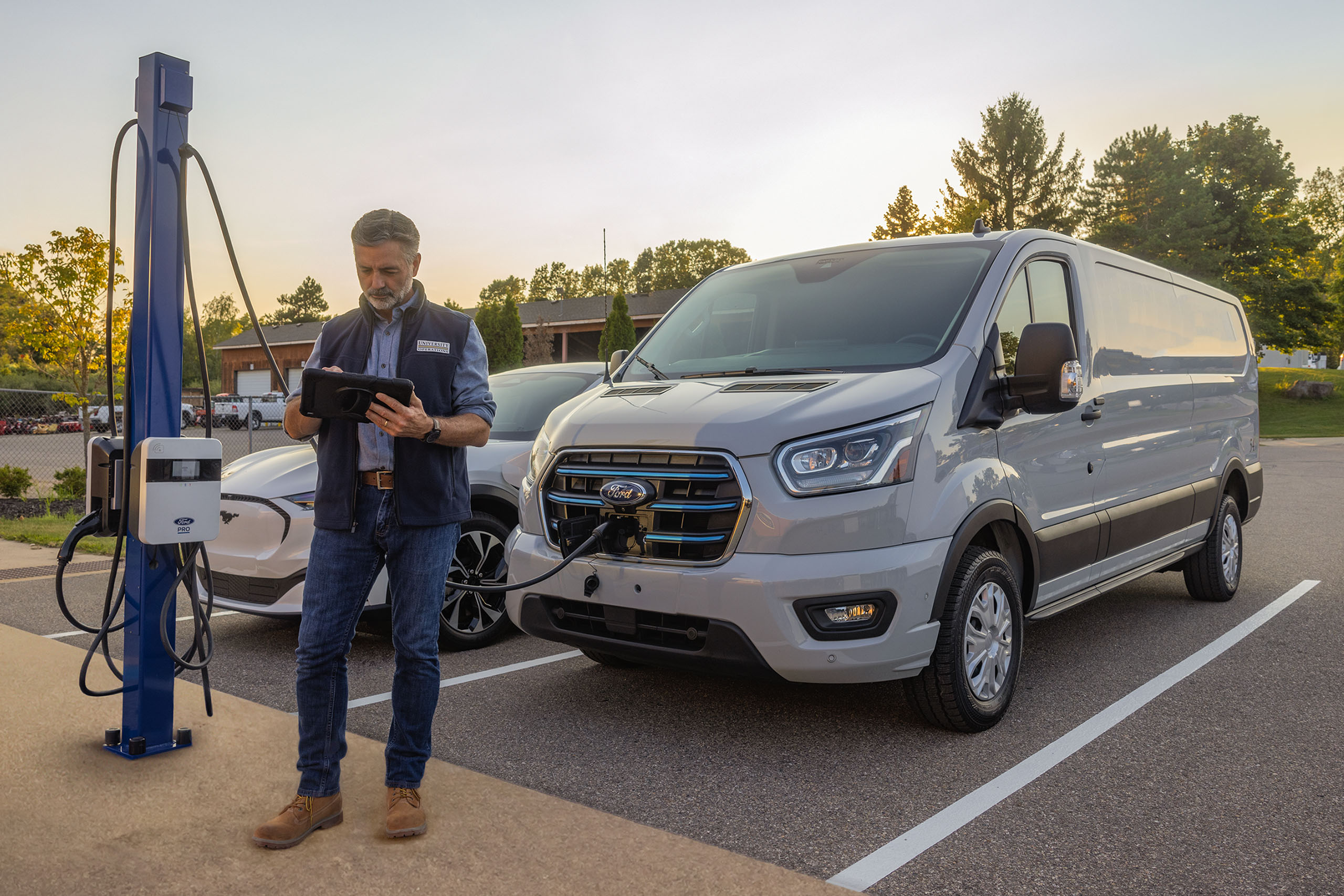

Gone are the days of a meter reader coming to your business to assess your electricity use. Instead, smart meters connect to the internet, sharing energy data with the utility.
Your company can monitor energy use in the cloud to derive operational insights. That’s why you need energy data to make better business decisions.
Surprisingly, electric vehicle (EV) charging stations can serve as gatekeepers to measure energy use. EV chargers can connect to each other and your other electrical systems through software. The data you manage reveals employee and consumer behavior, helping to demonstrate the effects of energy use on business.
Use EV Charging Data to Gain Visibility Inside Operations
At Future Energy, there’s a saying: you can’t manage what you don’t measure.
What Is EV Charging Data?
Networked electric charging stations provide analytics that helps your company better understand how to optimize energy use. This data includes:
- time of day
- duration of EV charging session
- number of vehicles that charge per day
- average sale
- energy use (kilowatts per hour)
- energy demand from all EV chargers
How Does EV Charging Data Provide Customer Insights?
More businesses are beginning to incorporate electric car charging stations into their operations, attracting clientele and providing perks for employees.
Public-facing EV chargers provide an additional revenue stream, and real-time analytics help you understand the charging behavior of these customers. You can use the data to inform future decisions on prices and organizational adjustments that increase customers’ “dwell time,” how long they spend at your business.
Future Energy offers integration and management software called Interface. Through a centralized dashboard, Interface helps your business see the performance of each electric car charger on your property.
How Can Car Dealerships Use EV Charging Data to Improve Operations?
Auto dealerships are increasingly incorporating EV charging, as original equipment manufacturers (OEMs) begin to mandate they carry EV inventory. Dealerships can use EV charging data to better understand employee behavior in every department.
For example, modern inventory management involves porters’ digital tracking of the location and charge level of vehicles. You can set up EV charging rotations to keep your inventory charged at optimal levels on the lot and top off the battery in preparation for sale.

You can also monitor EV charging use by the service department. Plus, electric car charging stations in the showroom help answer customer questions and facilitate sales.
Reduce Energy Costs with Networked EV Charging
Future Energy’s software collects energy data that originates at the
transformer, not just data between chargers and car ports. That means Interface provides all the energy information: from the transformer to the lines, the meter, the breaker, the panel, the charging equipment, and the connections.
Eliminating Unexpected Energy Costs
Because you monitor all of your systems in real-time, you can use Interface to ensure you don’t exceed peak demand and incur unexpected electricity costs. Peak demand is the measure of the highest electrical power use over a specified time and it’s how your utility sets your rate for the year.
If you exceed maximum power demand even for a few minutes, the utility can reestablish how much you pay. You can inadvertently increase the cost of every kilowatt hour on your entire site due to one mistake.
In fact, Future Energy estimates that exceeding your kilowatt demand could cost your company hundreds of thousands of dollars in extra electricity cost.
Integrating EV Charging with All Your Electrical Systems
One way that networked EV chargers help with energy management is through load shedding. Load shedding is a method of relieving stress on the grid when demand exceeds power supply.
You can automate load shedding through Interface, which provides visibility into all your electrical systems. That way, EV chargers balance the power load in conjunction with the other draws on your company’s electricity. And because Interface is hardware agnostic, the energy data you receive from all of your systems provide a complete picture.
Scheduling EV Charging
Interface allows you to schedule and automate EV charging. You can program chargers to turn on or off and charge during off-peak hours to take advantage of lower rates.
Integrate EV Charging Data to Improve Business Outcomes
Energy data ties in with sales, revenue, and other customer metrics to help drive smart decision-making.
Tying EV Charging to Business Rewards
Networked EV chargers can help provide a more comprehensive view of customer behavior by integrating with your rewards programs. For example, a grocery store that offers electric vehicle charging stations can track how much a customer spends at the store while the EV charges.
Similarly, hotels or other hospitality businesses can tie electric car charging stations into their reservation systems. Clients can reserve an EV charger along with their room or restaurant table.
Businesses can add EV charging information to their employee information systems. Whether your company chooses to charge employees for EV charging at work or provide it as a perk, networked chargers help quantify the value of EV charging for employees.

Meeting Sustainability Goals with EV Charging Solutions
Many OEMs have announced initiatives to become carbon neutral. Energy data will play a large role in these sustainability efforts. For example, at the 2022 National Automobile Dealers Association (NADA) Show, Honda and Acura announced their “Green Dealer Program.” As part of the program, more than 600 dealers and distributors are working to reduce energy consumption. Similarly, General Motors plans to reduce its operational energy use by 35% by 2035.
The increase in EV inventory is a big part of OEM sustainability goals. Energy data is a way for OEMs to monitor the health and status of their EV product rollout at individual car dealerships.
The use of networking software lets OEMs see the usage, adoption, and behavior of car dealerships as it relates to their carbon footprint. The OEM can use energy data to set realistic goals to minimize electrical use.
Monitoring the Energy Use of Multiple Sites from a Single Dashboard
Other industries also benefit from the ability to monitor EV charging data and its integration with other electrical systems. Larger corporations with multiple locations can manage and monitor the energy use of all of their franchises from Interface.
Your enterprise can generate instant visual representations of video monitoring, lighting, EV charging, and other systems as one consolidated picture of energy use. The data helps streamline operations and provides an instant picture of each of your sites. You can use this information to optimize energy efficiency, which ultimately saves money.
Let Future Energy Help You Collect and Analyze Energy Data
Future Energy helps you integrate EV charging solutions into your business operations. Contact us today to see the capabilities that Interface brings to your enterprise and why you need energy data to make better business decisions.



